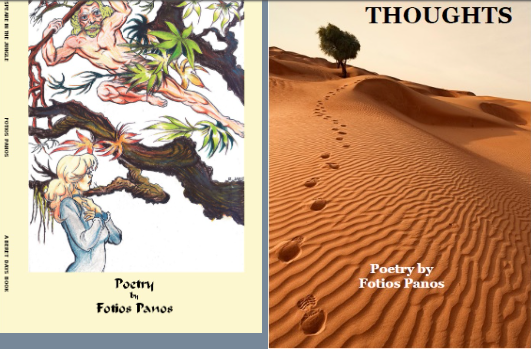Poetry, an art form as old as human civilization itself, has the unique power to encapsulate the breadth of human emotions and experiences within the confines of words. In this article, we will embark on a journey to understand the essence of a poet, their role in shaping our world, and their profound connection to the world of poetry.
Unveiling the Poet: Architects of Emotion
- Defining a Poet: A poet is not merely a writer; they are architects of emotion who weave intricate tapestries of feeling through the medium of words.
- The Poetry of Life: Poets draw inspiration from the tapestry of life, crafting verses that resonate with the human soul. They are chroniclers of emotions and interpreters of existence.
The Poet’s Palette: Crafting Emotions with Words
- Emotions as Brushstrokes: Poets have a unique ability to take raw human emotions and transform them into delicate brushstrokes on the canvas of language. Each word is a hue, each line a stroke.
- Diverse Expressions: Poetry is not a monolith; it’s a spectrum of emotions. Poets use various forms and styles to express their thoughts, from structured sonnets to the free-flowing beauty of free verse.
The Poet’s Role in Society
- Cultural Chroniclers: Poets are often cultural chroniclers, reflecting the values, beliefs, and emotions of their societies. Their verses become a mirror that society gazes into.
- Healers of Hearts: Poetry has the power to heal. Poets offer solace and understanding through their verses, making them healers of hearts in times of joy and sorrow alike.
The Poetry Effect
- A Universal Language: Poetry transcends boundaries, connecting people across cultures and languages through shared emotions. It’s a language of the heart that unites humanity.
- Catalysts for Change: Throughout history, poets have played a pivotal role in driving social change, advocating for justice, and raising awareness of critical issues. They are catalysts for positive transformation.
Exploring Poetry Forms
- Sonnet: Sonnets are structured poems with 14 lines and specific rhyme schemes. They are often used to explore themes of love and beauty.
- Haiku: Haikus are brief, three-line poems that originated in Japan. They follow a 5-7-5 syllable pattern and often focus on nature and fleeting moments of life.
- Free Verse: Free verse poetry breaks free from traditional rhyme and meter, allowing poets to express themselves in a more natural, unstructured way.
Poetry in the Digital Age
- Spoken Word Poetry: In the digital era, spoken word poetry has surged in popularity. Poets perform their work, infusing it with passion and emotion, often addressing contemporary issues.
- Online Poetry Communities: Social media platforms and websites dedicated to poetry provide a space for poets and enthusiasts to share their work, fostering a global community of poetry lovers.
Conclusion
In a world teeming with noise and distractions, poetry remains a beacon of clarity, offering a profound connection to our emotions, our history, and our shared humanity. As we’ve journeyed through the world of poets and explored the intricate art of poetry, we’ve discovered that poets are not just writers; they are emotion architects, crafting verses that resonate with the human soul.
The verses penned by poets are not mere words; they are gateways to understanding our deepest emotions and contemplating the mysteries of life. Whether you are a seasoned poetry enthusiast or someone new to the world of verse, remember that poetry invites us to embark on a journey where the heart and mind unite to celebrate the magic of words.
So, the next time you seek a journey that touches your soul and invites you to explore the profound landscapes of human emotion, immerse yourself in the world of poets and poetry. It’s a journey you won’t soon forget, and it’s a testament to the enduring power of poetry to move, inspire, and unite us all.

